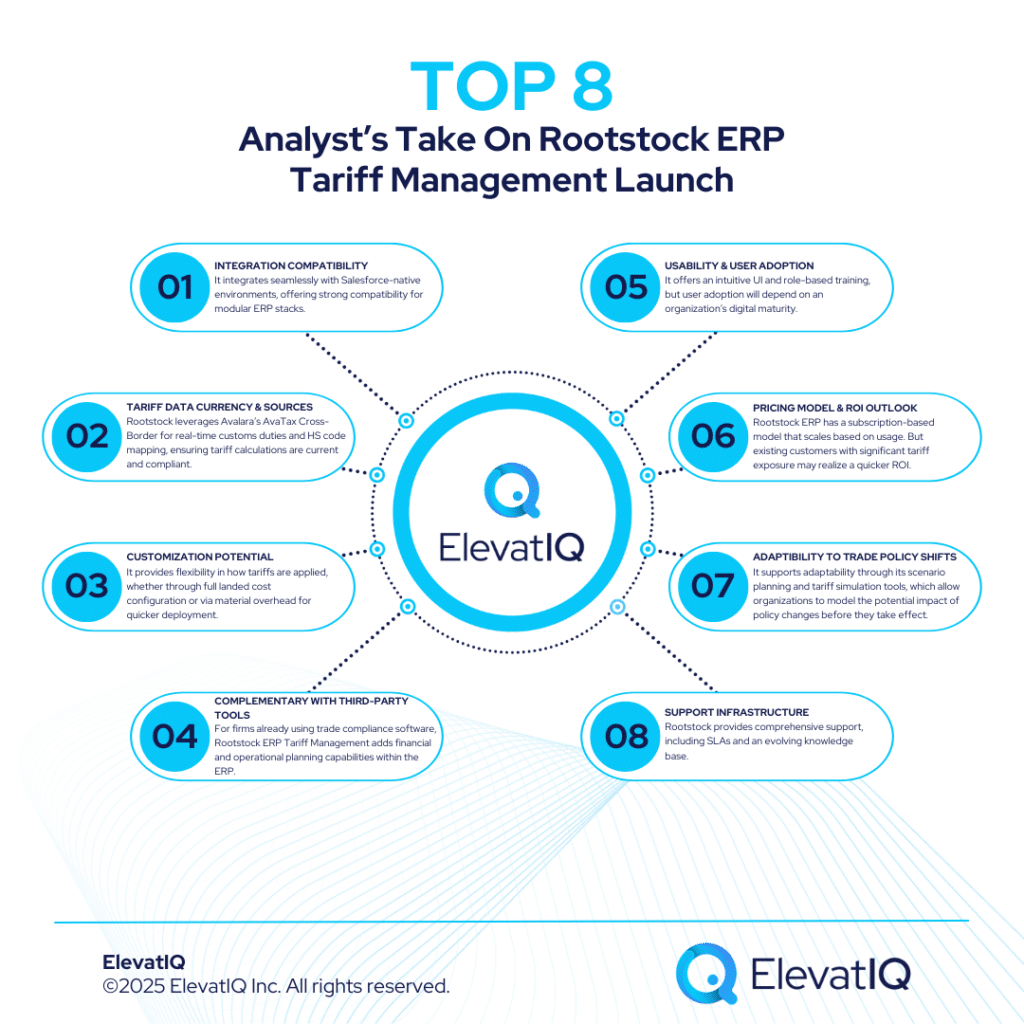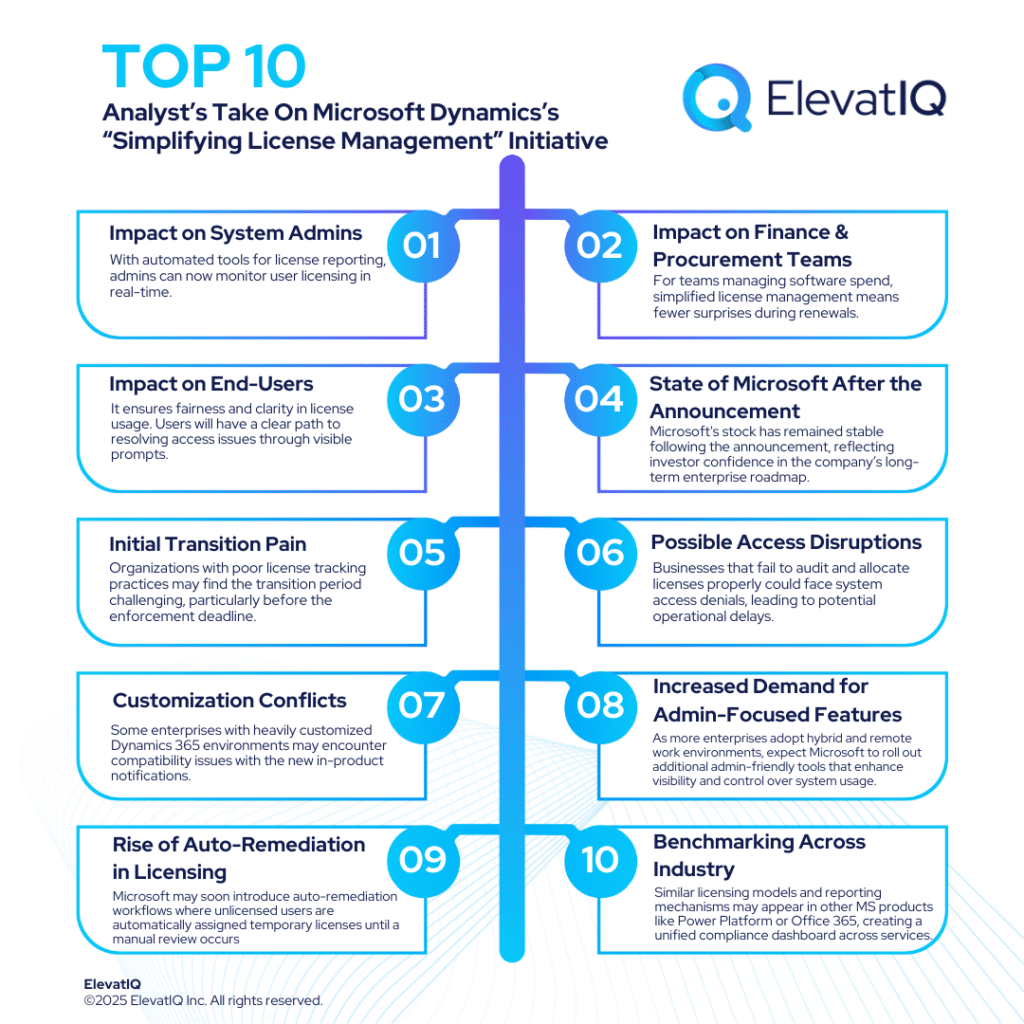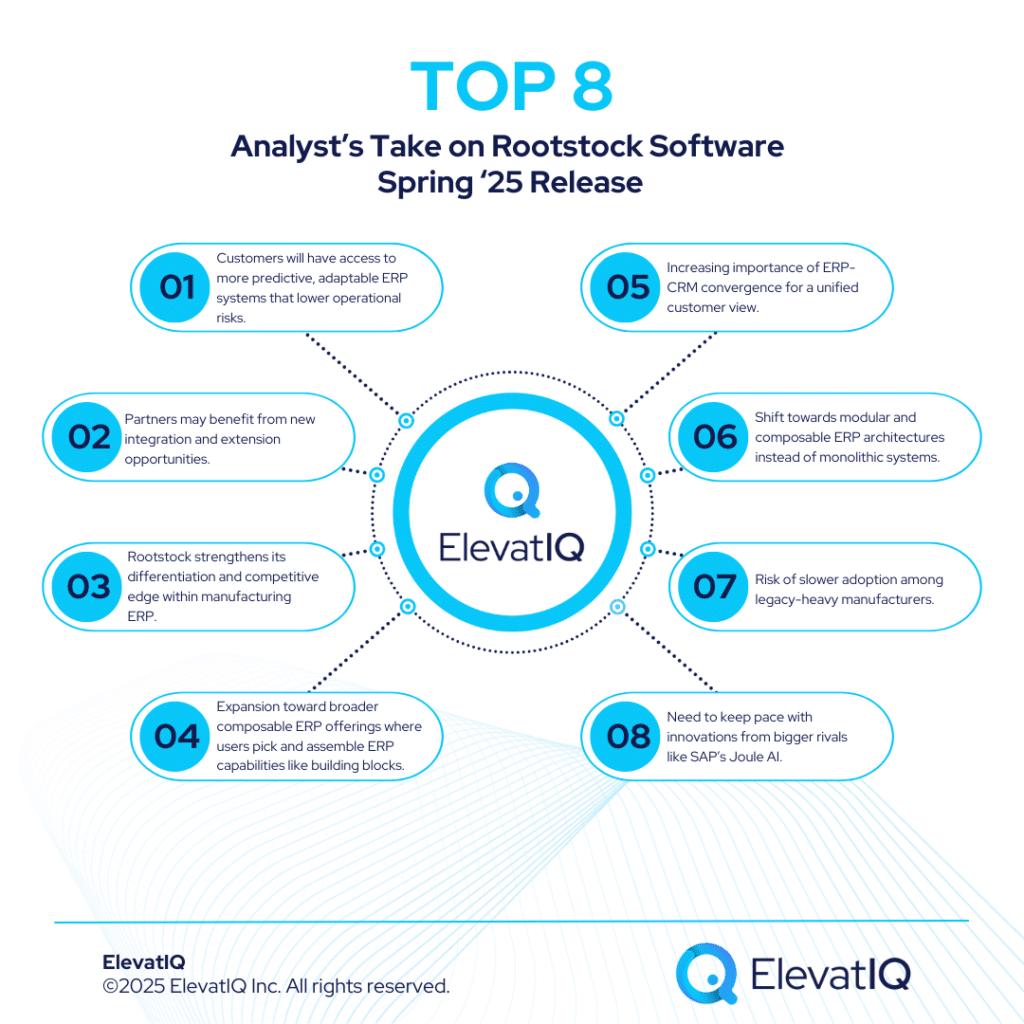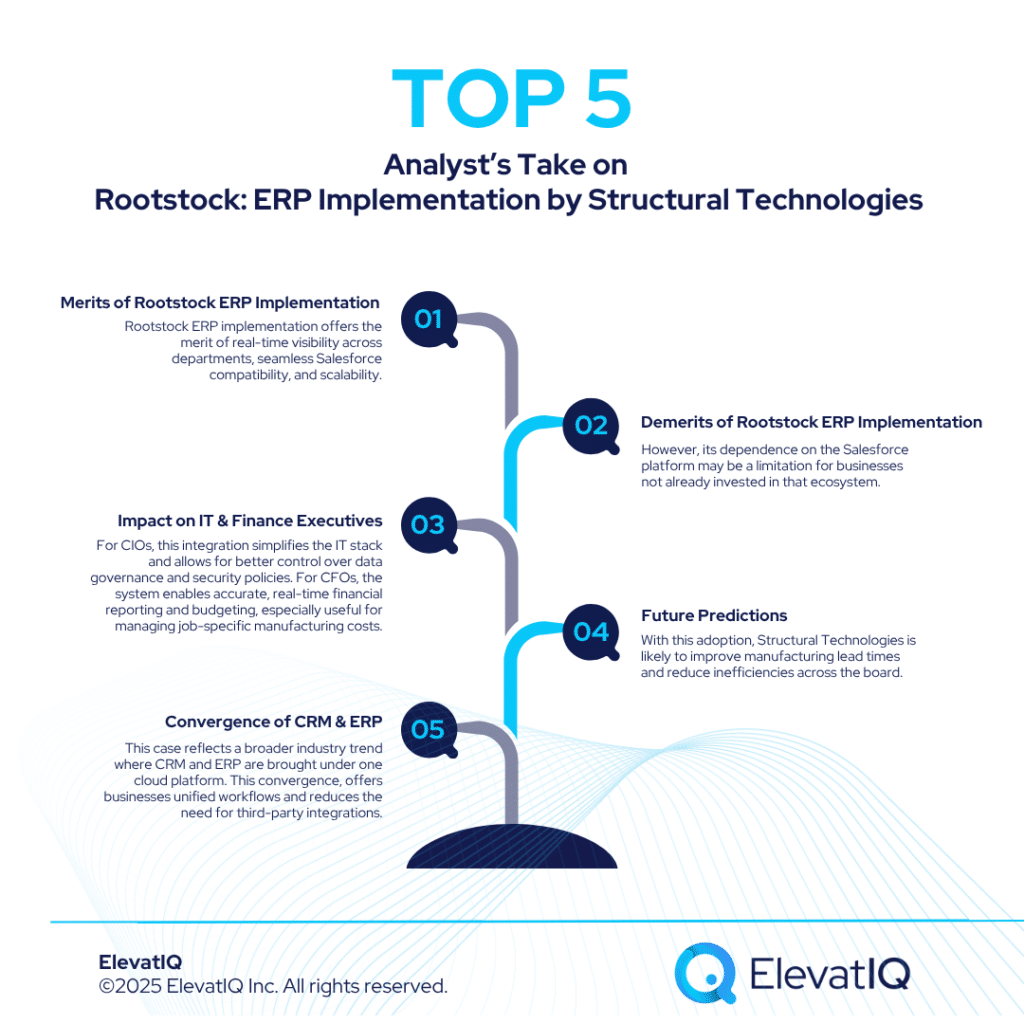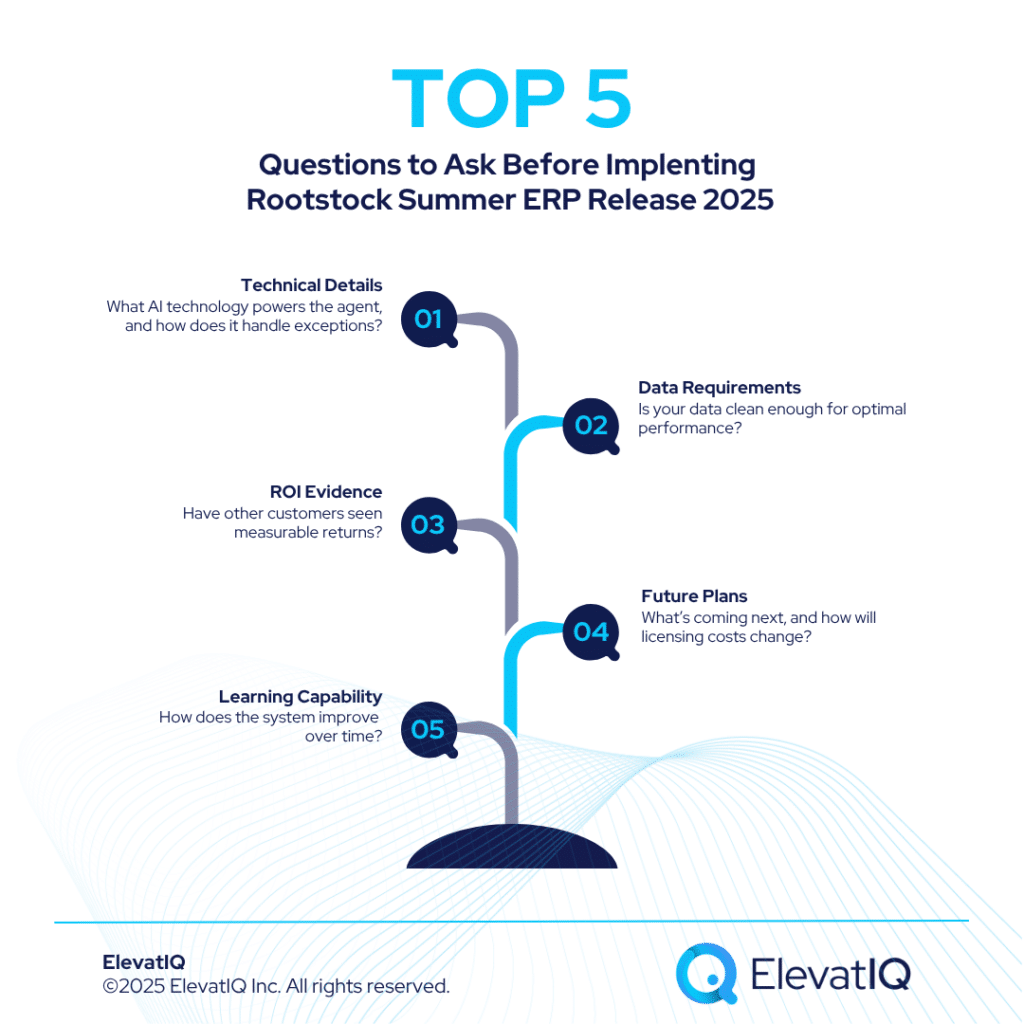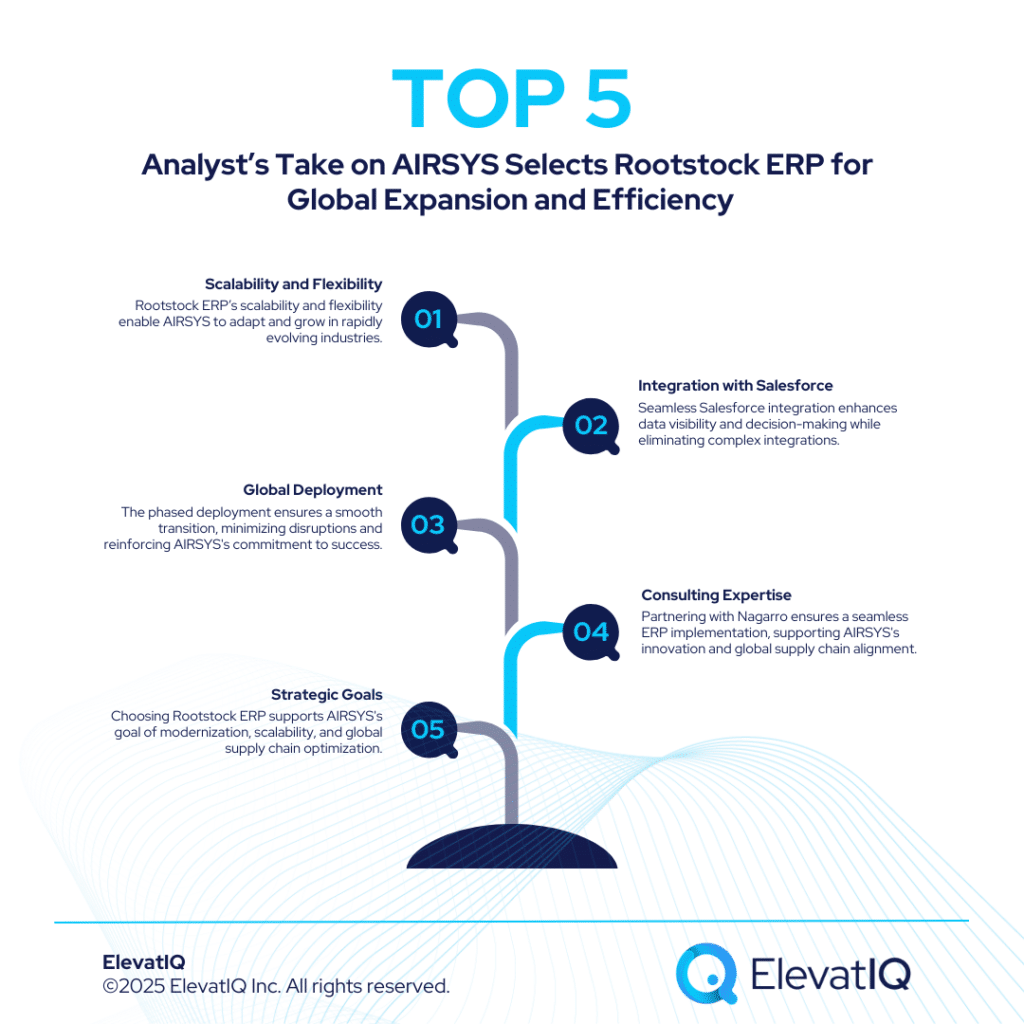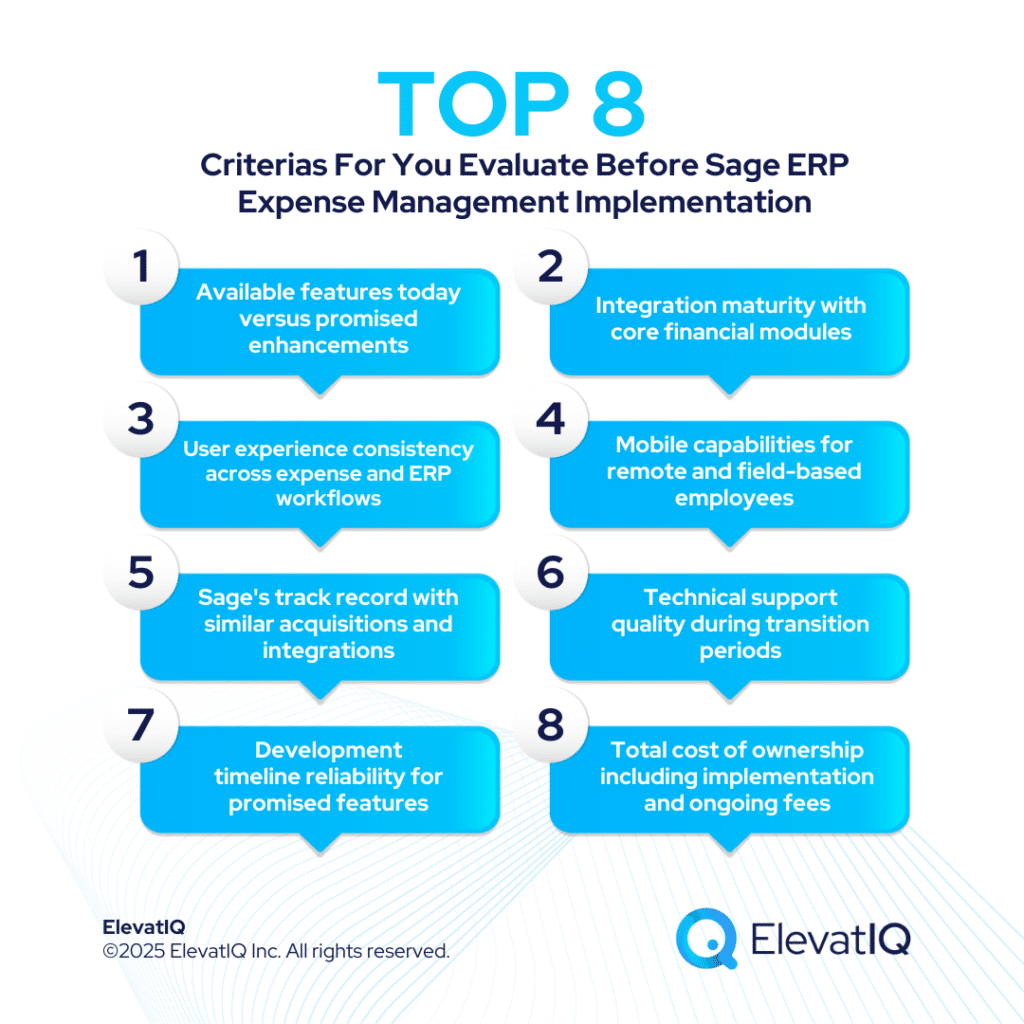Last Updated on September 30, 2025 by Sam Gupta
What Is Rootstock ERP Tariff Management Capability and Why It Matters
The features enable manufacturers to:
- Track the impact of tariffs on landed costs and gross margin.
- Run scenario simulations to assess sourcing, pricing, and inventory strategies.
- Optimize cost structures by accurately accounting for tariff-related expenses.
By utilizing Rootstock ERP Tariff Management, manufacturers can improve visibility into cost drivers, make informed decisions regarding sourcing and logistics based on tariff considerations, and improve overall supply chain efficiency.

Key Features: What Does the Tariff Management Tool Actually Do?
- Landed Cost Tracking: Calculates the total landed cost of goods, including tariffs, using weighted average costing.
- Tariff Scenario Planning: Enables teams to model the financial impact of proposed tariff changes before they go into effect.
- ERP Integration: Works seamlessly with procurement, inventory, and financial modules.
- Reporting & Analytics: Provides insights into the financial impact of tariffs across SKUs and suppliers.
Who Benefits? A Look at Impact Across Stakeholders
- Manufacturers: Gain real-time visibility into margin impact and cost trends.
- Procurement Teams: Gain clarity on landed costs and sourcing strategies.
- Finance Departments: Accurately forecast cash flow and margin impacts..
- Compliance Officers: Benefit from AvaTax Cross-Border integration for customs duty calculations and HS code classification.
- IT Teams: Benefit from built-in, cloud-native integration.
Common Client Questions We’re Hearing
- Integration Compatibility: Will it work with our current ERP or SCM stack?
- Real-Time Data: How fresh is the tariff information?
- Customization Flexibility: Can we adapt this to our trade scenarios?
- Complementary: How does it work alongside our existing compliance tools?
- Usability: How steep is the learning curve for end-users?
- Cost Efficiency: What’s the ROI for small vs. large enterprises when using Rootstock ERP Tariff Management?
- Scalability: Can it adapt to fast-changing trade policies?
- Support Commitment: What does Rootstock ERP Tariff Management offer post-implementation?
Analyst’s Take
As organizations evaluate Rootstock ERP Tariff Management, several strategic questions emerge. Below is an analyst’s breakdown of key considerations and implications for buyers across functions.
Integration Compatibility
Rootstock ERP Tariff Management integrates seamlessly with Salesforce-native environments, offering strong compatibility for modular ERP stacks. Organizations with legacy systems may face integration complexity and should carefully evaluate API flexibility.

Tariff Data, Currency, and Sources
Rootstock leverages Avalara’s AvaTax Cross-Border for real-time customs duties and HS code mapping, ensuring tariff calculations are current and compliant.
Customization Potential
It provides flexibility in applying tariffs, whether through full landed cost configuration or via material overhead for quicker deployment. Scenario planning tools can be configured to fit unique financial modeling needs.
Complementary with Third-Party Tools
For firms already using trade compliance software, Rootstock ERP Tariff Management adds financial and operational planning capabilities within the ERP. However, firms in highly regulated sectors may will still need specialized compliance solutions.
Usability and User Adoption
It offers an intuitive UI and role-based training, but user adoption will depend on an organization’s digital maturity. Planning for adequate training and change management is essential.
Pricing Model and ROI Outlook
Rootstock ERP has a subscription-based model that scales based on usage. But existing customers with significant tariff exposure may realize a quicker ROI, while SMBs considering a new ERP can weigh the advantage of an ERP that helps manage the impact of tariffs.
Adaptability to Trade Policy Shifts
Rootstock ERP Tariff Management supports adaptability through its scenario planning and tariff simulation tools, which allow organizations to model the potential impact of policy changes before they take effect. This proactive approach enables sourcing and finance teams to evaluate cost implications, test pricing strategies, and make timely decisions in response to shifting tariffs.
Support Infrastructure
Rootstock provides comprehensive support, including SLAs and an evolving knowledge base. Buyers should assess the level of support offered to ensure alignment with their operational needs.
Observed Industry Trends
There’s a growing trend of embedding financial and sourcing tools related to tariffs directly into ERP platforms, reflecting the increasing cost visibility in operational strategy. Rootstock ERP Tariff Management supports this need, helping manufacturers stay competitive amid trade volatility.
Predictions: Where This Is Heading
As global trade continues to evolve, we can expect ERP systems like Rootstock ERP Tariff Management to incorporate more advanced features, such as AI-driven tariff agents for automated scenario analysis and recommendations.
Challenges & Considerations for Buyers
While the benefits are clear, companies must assess their specific needs, existing systems, and resource capabilities to ensure successful implementation and adoption of these new features.



